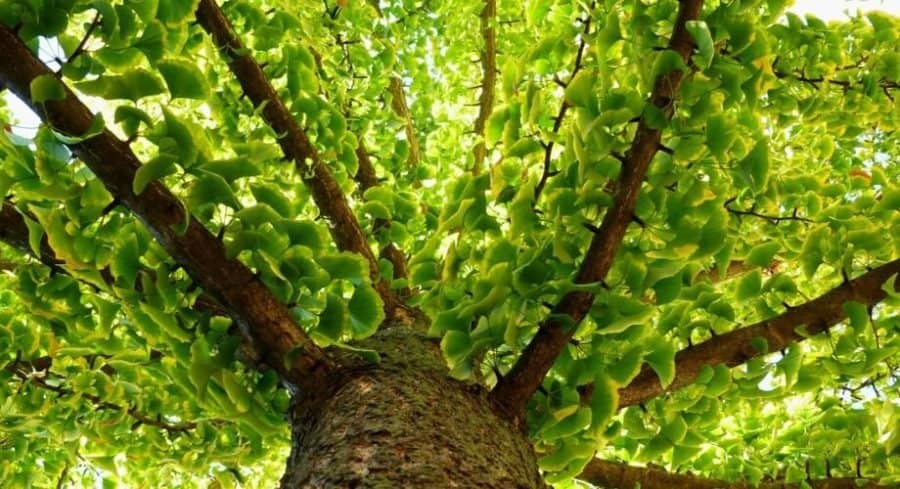Conifers are generally better than broadleaved trees at purifying air from pollutants. But deciduous tree may be better at capturing particle-bound pollution. A new study led by the University of Gothenburg shows that the best trees for air purification depend on the type of pollutant involved.
Trees and other greenery in cities provide many benefits that are important for the well-being of residents. Leaves and needles on trees filter air pollutants and reduce exposure to hazardous substances in the air. But which trees purify the air most effectively? Researchers from the University of Gothenburg have collected leaves and needles from eleven different trees growing in the same place in the Gothenburg Botanical Garden’s arboretum (tree collection) to analyse which substances they have captured.
“This tree collection provides a unique opportunity to test many different tree-species with similar environmental conditions and exposure to air pollutants,” says Jenny Klingberg, a researcher at the Gothenburg Botanical Garden.
Harmful pollutants
A total of 32 different pollutants were analysed, some of which are bound to particles of various sizes. Others are gaseous. There is a proven connection between exposure to air pollutants and increased risk of cardiovascular diseases and airway problems. This project has focused on polycyclic aromatic hydrocarbons (PAHs). In cities, traffic is the biggest source of these pollutants, which are released due to incomplete combustion in engines.
“Our analyses show that different tree species have different abilities to absorb air pollutants. Conifers generally absorbed more gaseous PAHs than broadleaved trees. Another advantage of conifers is that they also act as air purifiers in winter, when air pollution is usually at its highest,” says Jenny Klingberg.
Needles clean air for many years
The researchers also saw that needles continued to absorb air pollutants for several years, which leaves cannot do for obvious reasons. But broadleaved trees had other advantages. They were more efficient at cleaning the air of particles, which is thought to be due to the leaves having a larger surface area to which particles can attach.
“The various species differed more than we expected. Larch, which is a conifer that sheds its needles each autumn, was best in test. Larch trees absorbed the most particle-bound pollutants, but were also good at capturing gaseous PAHs,” says Jenny Klingberg.
Needles and leaves do not, however, break down pollutants to any greater extent, even if sunlight can start that process. Thus there is a risk that the soil beneath the trees will be contaminated by pollutants when the leaves and needles shed and decompose. This places the ecosystem in the soil at risk of being affected, though this has not been investigated in the current study being published in the journal Ecological Indicators.
“The pollutants do not appear to impact the trees’ photosynthesis; leaf chlorophyll content is just as high in the most polluted areas of Gothenburg compared with trees that grow in less polluted environments. But this likely looks different in cities with even worse air quality,” says project leader Håkan Pleijel, professor of applied environmental science at the University of Gothenburg.
Careful urban planning is needed
However, you should not simply start filling city streets with trees to improve air quality for residents. Several factors determine the benefit. An alley of trees in a narrow street canyon can reduce air flow, negatively affecting dispersion and dilution of the air pollutants and therefore increase concentrations of contaminants locally on busy streets. This means that on narrow streets sheltered from wind, lower-growing vegetation, like hedges, may be preferable. Careful urban planning is necessary, combining different tree species to optimise air purification and to take into account other functions and benefits of trees, according to the researchers.
“This study contributes to improving our understanding of the ability of trees to clean the air and which species are best at absorbing air pollutants,” says Håkan Pleijel. This knowledge is important for urban planning when designing sustainable cities. While trees and greenery can contribute to better air quality in cities, at the end of the day the most important measure is to reduce emissions.


